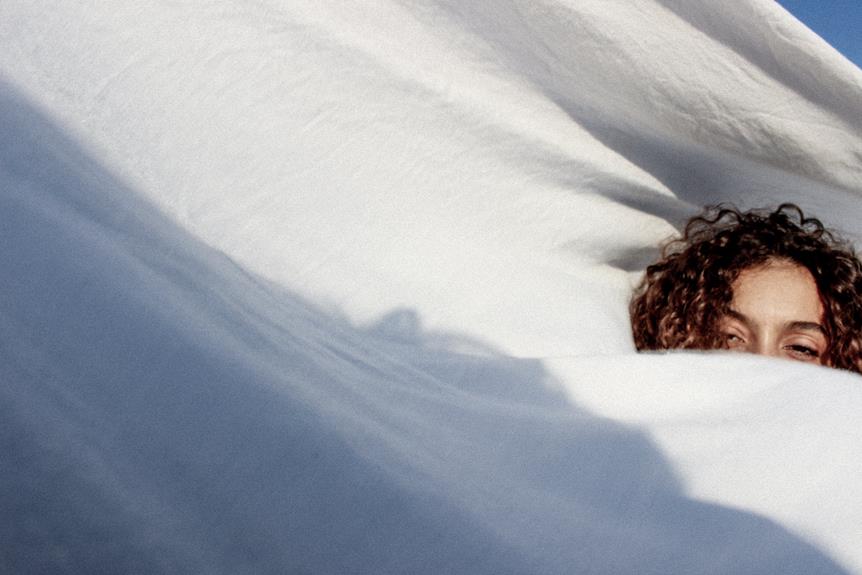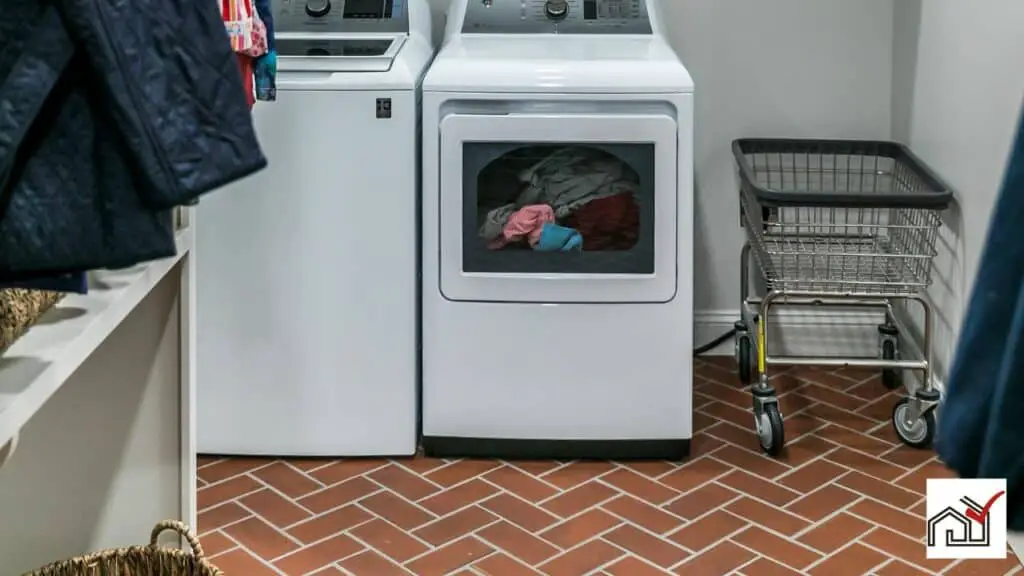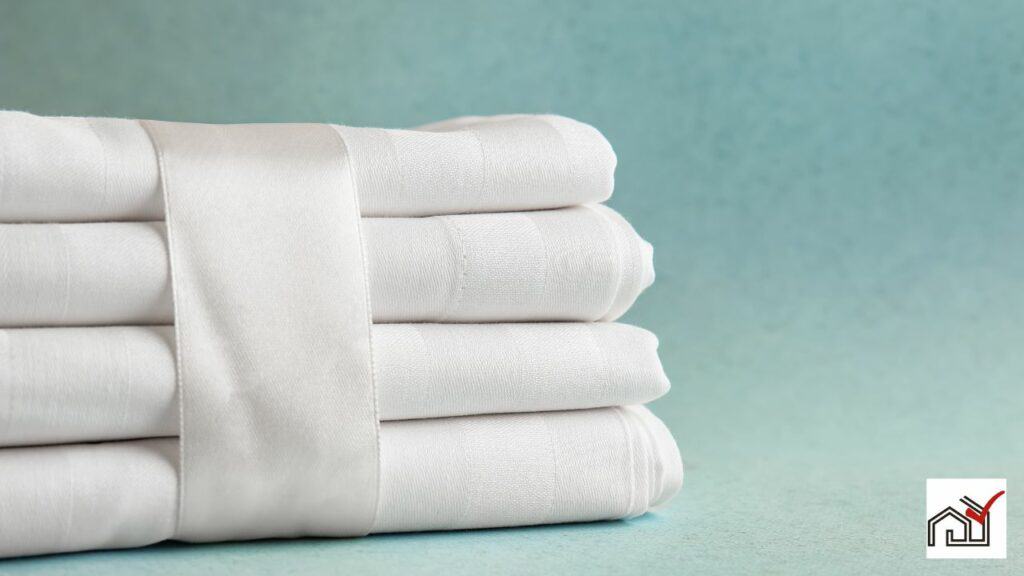Do not use fabric softener on polar fleece sheets.
Fabric softeners can damage the material, affecting its warmth and softness.
Following the proper care instructions will help preserve the quality of the fleece.
Understanding Polar Fleece
Polar fleece requires careful maintenance to keep its softness and insulation. It is commonly used for blankets and sheets due to its warmth. When washing polar fleece, use cold or warm water and avoid hot water to prevent the fibers from deteriorating. Do not use fabric softener, as it can impair the material's insulating properties and alter its texture. Instead, use a mild detergent.
Choose a gentle wash cycle or hand wash to minimize wear on the fabric. Dry polar fleece on a low setting or air dry to maintain its quality and ensure it remains comfortable and warm over time.
The Fabric Softener Debate
The use of fabric softener on polar fleece is not recommended. Fabric softeners can negatively interact with the treatments used on fleece to enhance its qualities, such as fire resistance and water repellency. Experts advise against using fabric softeners on fleece because they can reduce the material's moisture-wicking ability, which is important for comfort and warmth.
Fabric softeners may also affect fleece's ability to trap dirt and absorb spills, impacting its cleanliness and durability. For fleece towels, using fabric softeners can slow down the drying process, making them less effective.
To maintain the performance and longevity of polar fleece items, it is better to avoid fabric softeners when washing them.
Effects on Fleece Texture
Using fabric softener on polar fleece can harm the fabric's softness and insulation. Fabric softeners contain chemicals that may break down fleece fibers, leading to reduced warmth and softness, as well as decreased durability. This can result in pilling and wear.
Additionally, fabric softeners can hinder fleece's moisture-wicking abilities by leaving a coating on the fibers that traps dirt and reduces absorbency.
To avoid these issues, alternatives like baking soda and vinegar can be used to care for fleece items, helping to preserve their softness and warmth.
Longevity of Fleece Sheets
To extend the life of polar fleece sheets, follow specific care instructions. Do not use fabric softeners. Wash fleece with a small amount of soap on a gentle cycle to keep it soft and water-resistant. Overloading the washer can lead to friction and pilling, which can affect the fleece's quality and look.
Avoid bleach and fabric softeners when washing fleece. They can damage the texture and insulation of the fleece. Use a mild detergent and cold water instead.
Dry fleece sheets properly to maintain their condition. Avoid high heat in the dryer, which can shrink and change the fleece's texture. Use a low or no-heat setting for tumble drying, or hang dry the sheets to save energy and prevent heat damage.
Wash acid wash polar fleece or white polar fleece inside out to preserve their appearance. Wash them separately to prevent dye transfer on white fleece.
Following these instructions will help keep your polar fleece sheets in good condition for longer.
Alternative Softening Methods
Using natural substances like baking soda and vinegar can effectively soften polar fleece sheets without traditional fabric softeners. To protect the fleece's texture, avoid harsh chemicals. Adding a cup of white vinegar during the rinse cycle can help soften the fleece, remove detergent residue, and is eco-friendly and cost-effective.
Baking soda, added to the wash, can deodorize and gently clean the fleece, making it softer. It's suitable for sensitive skin because it's hypoallergenic and free of irritants.
Wool dryer balls can be used in the dryer with fleece sheets for additional softness without liquid softeners. They separate sheets, improve air circulation, decrease drying time, and soften fabric through friction without synthetic chemicals.
Line drying is also beneficial for polar fleece sheets. It naturally fluffs the fibers, preserving softness. If using mild dishwashing soap for spot cleaning, rinse it thoroughly to avoid fabric stiffening.
These methods help maintain the comfort and coziness of polar fleece sheets over time.
Best Practices for Fleece
To care for polar fleece sheets and other fleece items properly, follow these guidelines:
- Wash fleece on a gentle cycle with cool water to keep the fabric soft and water-resistant.
- Use a small amount of mild soap and avoid harsh chemicals and fabric softeners, as they can damage the fleece.
- If hand washing, use cool water and a gentle detergent. Pre-treat stains with mild dish soap before washing.
- Do not iron polar fleece; high heat can ruin the fabric.
- After washing, press out the water gently without twisting the fabric, and dry on a low heat setting or hang to dry.
Adhering to these care instructions will help maintain the softness and longevity of your fleece items.
Drying Fleece the Right Way
When drying polar fleece sheets, it is important to handle them gently to maintain their quality. Avoid using fabric softener and instead focus on the drying method.
For machine drying, use low or no heat settings to prevent the fleece from shrinking and deteriorating. Adding dryer balls can fluff the fleece without needing fabric softener, which can impair the fleece's function over time.
The best method for drying polar fleece sheets is air drying. Hang the sheets on a clothesline to dry naturally, which prevents damage like over-drying that can result in a stiff texture. This method preserves the sheets' quality and extends their life.
Common Fleece Care Mistakes
Fabric softener can damage polar fleece sheets by reducing their softness and functionality. Using fabric softener leaves a residue that breaks down fleece fibers, leading to pilling and a loss of plushness.
Washing polar fleece with excessive heat is also harmful. Warm water is acceptable, but hot water and ironing can melt the fibers. To dry fleece, use low heat or air dry to keep its softness and shape.
For polar fleece care, handwashing with mild or natural soap is recommended. Rough washing can wear out the fabric. To avoid pilling on white fleece, wash it inside out and use white vinegar instead of fabric softener to maintain softness.
Proper care of polar fleece sheets requires gentle handling, avoiding harsh chemicals and high heat to prolong their life and performance.





